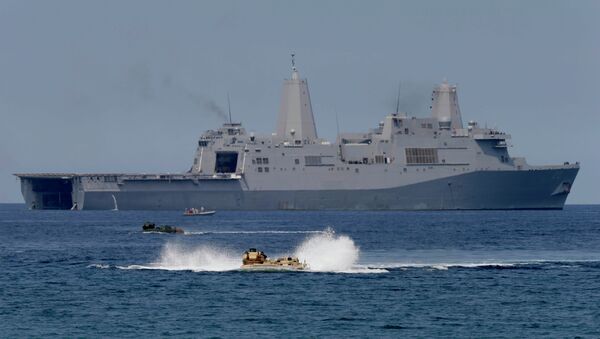The Philippines, Vietnam, Malaysia, Taiwan and Brunei have overlapping claims in the region.
China however has reinstated its "indisputable sovereignty" over the Spratly Islands and its right to establish military facilities there. Beijing has repeatedly stated the artificial islands will be used primarily for humanitarian purposes.
The South China Sea is not and should not be an issue between the two countries. China has strong historical proof and legal support to validate its sovereignty over the Nansha Islands and their nearby waters.
Since the 1970s, countries including the Philippines and Vietnam have invaded and occupied islands and reefs in the South China Sea, trespassing the legal rights and interests of China. It was those countries that started the dispute.
As the real victim of the South China Sea issue, China has exercised great control to maintain peace and stability in the waters.
“Being an outsider and not a party concerned, the United States does not have any territorial dispute with China. However, some in Washington, still operating under a Cold War mentality, see the issue as an opportunity to contain China and hinder China's development.”
There are some countries in the region that are trying to drag the US in to confrontation with China but the US must not forget its pledge of not taking sides on the issue.
Later this month, President Xi Jinping will pay his first state visit to the United States. His visit is generally expected to draft a clearer design for ties.
When Chinese President met Barack Obama in June 2013 in California, Xi Jinping proposed a concept known as “a new model of major-country relations.” A year and five months later, the two leaders identified priorities for building the new model of major-country relations.
In order to implement this concept the two countries need to maintain a long-term perspective and manage differences between them on problems like the South China Sea disputes.



